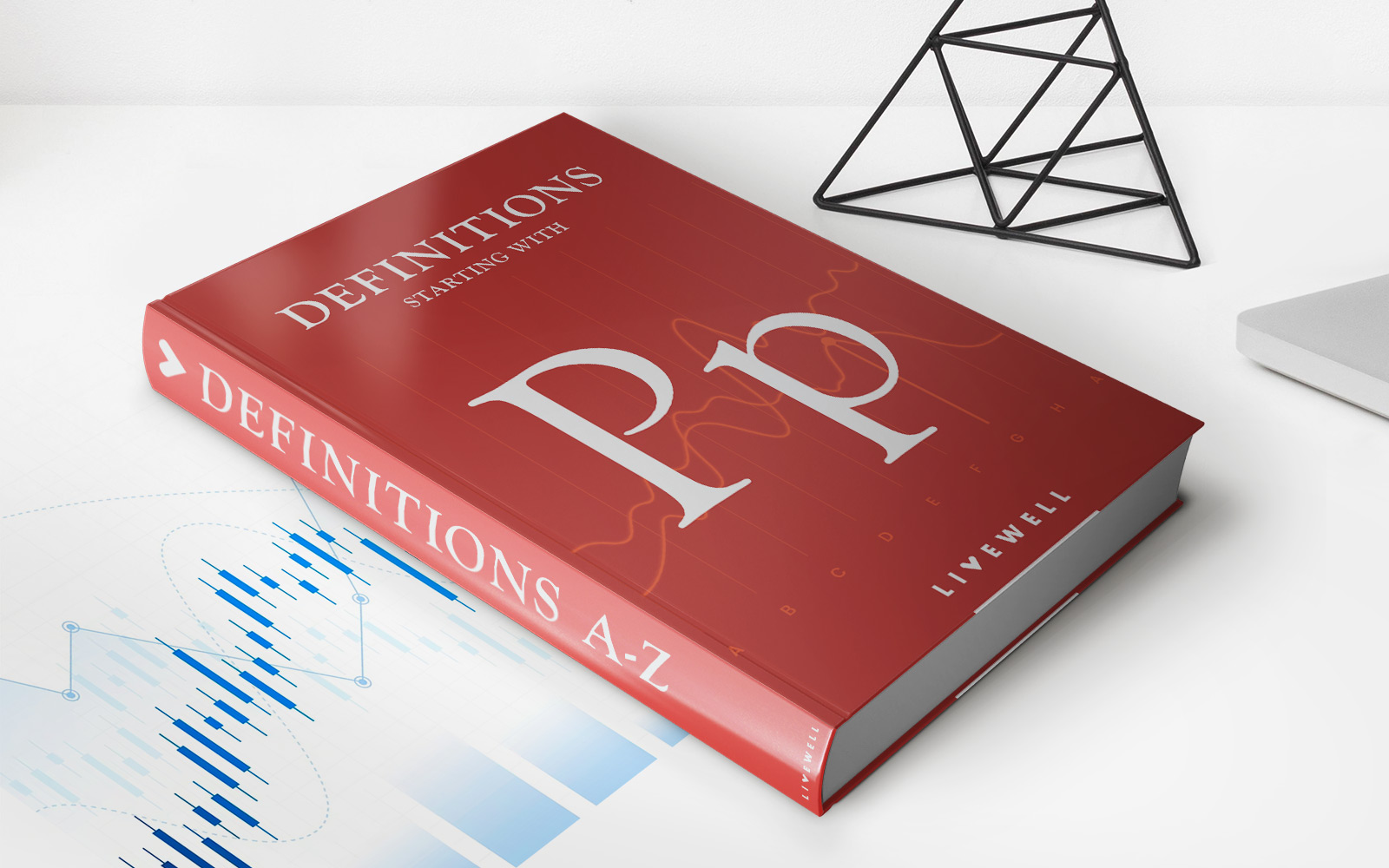Home>Finance>Law Of Diminishing Marginal Returns: Definition, Example, Use In Economics


Finance
Law Of Diminishing Marginal Returns: Definition, Example, Use In Economics
Published: December 16, 2023
Learn about the law of diminishing marginal returns in finance, its definition, examples, and application in economics. Explore how it impacts productivity and resource allocation.
(Many of the links in this article redirect to a specific reviewed product. Your purchase of these products through affiliate links helps to generate commission for LiveWell, at no extra cost. Learn more)
Law of Diminishing Marginal Returns: Definition, Example, Use in Economics
Welcome to our Finance category blog post, where we delve into the fascinating world of economics. In this article, we’ll be exploring the Law of Diminishing Marginal Returns, an essential concept in economics that analyzes the relationship between inputs and outputs in the production process. By understanding this principle, businesses and individuals can make informed decisions to optimize their operations and maximize profitability.
Key Takeaways
- The Law of Diminishing Marginal Returns states that as additional units of a variable input are added to a fixed input, the marginal product of the variable input will eventually decline.
- This principle helps businesses optimize their production processes, allocate resources efficiently, and avoid wastage.
Now let’s dig deeper into the Law of Diminishing Marginal Returns and understand its definition, example, and practical application in economics.
Understanding the Law of Diminishing Marginal Returns
The Law of Diminishing Marginal Returns is a fundamental concept in economics that explains how the addition of more units of a variable input to a fixed input eventually leads to a decline in the marginal product of the variable input. In simple terms, it suggests that there is a point of diminishing returns when continuously increasing a particular input fails to produce proportional gains in output.
Here’s an example to illustrate this concept. Imagine a bakery with a fixed number of ovens and a variable number of bakers. Initially, as additional bakers are hired, the total output of baked goods increases at an increasing rate. However, at a certain point, the bakery reaches its optimal level of productivity, and adding more bakers may result in overcrowding or inefficiencies, leading to a decrease in the overall output.
In economics, this phenomenon is referred to as the Law of Diminishing Marginal Returns. It highlights the importance of finding the optimal balance between fixed and variable inputs to maximize productivity and minimize wastage. By identifying this point, businesses can make informed decisions about resource allocation, workforce planning, and production optimization.
Applying the Law of Diminishing Marginal Returns
The Law of Diminishing Marginal Returns is widely applicable across various industries and sectors. Here are a few examples of how this principle can be applied:
- Agriculture: Farmers need to consider the optimal combination of land, labor, and fertilizer to maximize crop yields. Continuously increasing the amount of fertilizer used beyond a certain point might not result in proportional increases in output.
- Manufacturing: Manufacturers often face the challenge of determining the optimal level of production. Increasing the number of workers or machines beyond a certain limit could lead to decreased efficiency and higher costs.
- Advertising: In marketing and advertising campaigns, it’s crucial to find the right balance between investment and returns. Increasing the advertising budget significantly without considering market saturation might not yield the desired incremental gains.
By understanding the Law of Diminishing Marginal Returns, individuals, businesses, and policymakers can make informed decisions about resource allocation, pricing strategies, and production optimization. It helps optimize efficiency, reduce wastage, and ultimately improve overall productivity and profitability.
In Conclusion
Understanding and applying the Law of Diminishing Marginal Returns is crucial for anyone involved in economics, whether as a student, business owner, or policymaker. By recognizing the point of diminishing returns, individuals and organizations can make more informed decisions and optimize their operations to achieve better outcomes. Remember, finding the right balance between fixed and variable inputs is key to maximizing efficiency and profitability in any economic endeavor.














